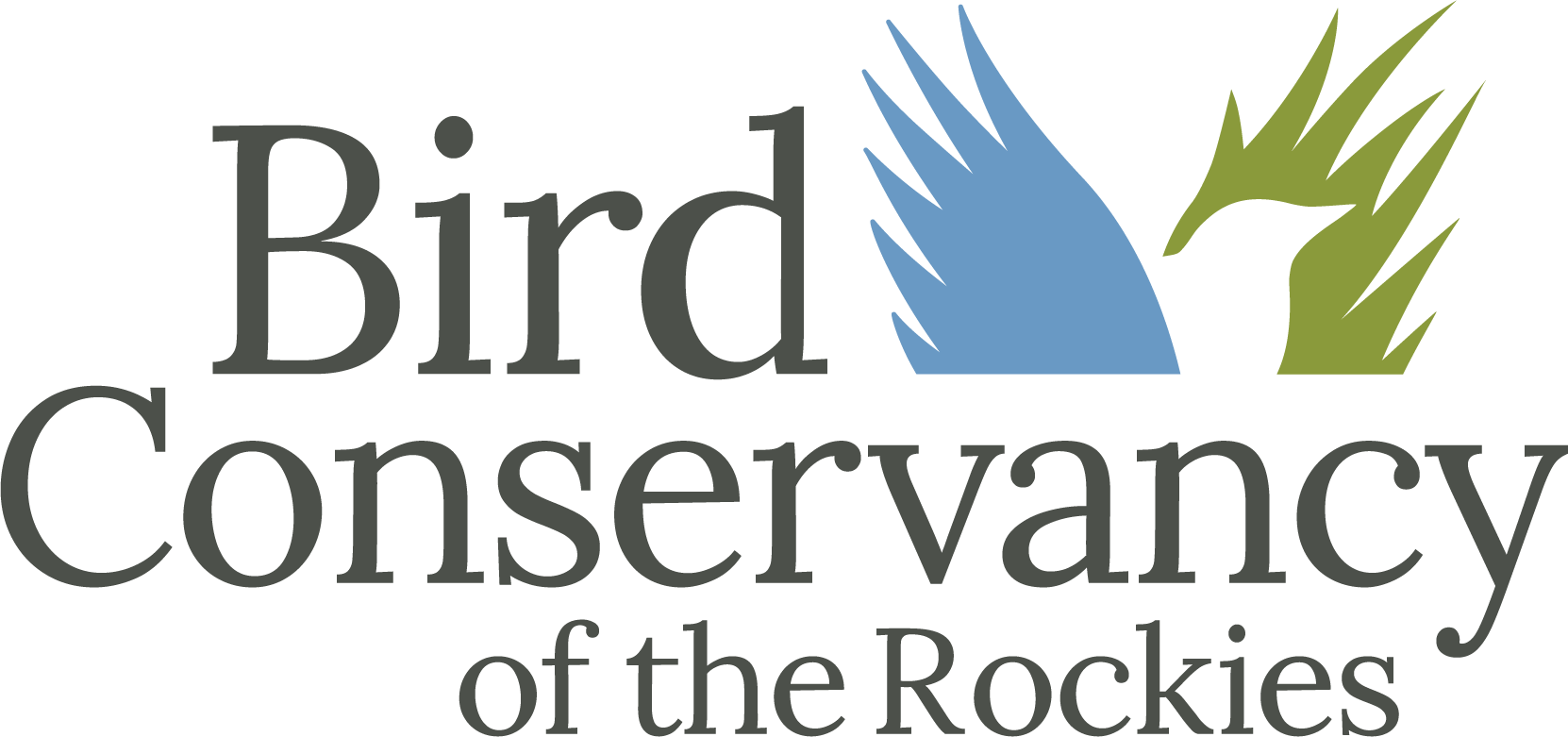Through a grant from Great Outdoors Colorado, Bird Conservancy of the Rockies is partnering with private landowners in Morgan County, Colorado to eliminate cheatgrass—an extremely invasive weed that outcompetes native vegetation, reduces habitat quality and increases fire hazards.
The effects of the Federal Government shutdowns are far-reaching and have a lasting impact on bird conservation, regional economies, our nation’s farmers and producers, and our natural resources.
Traditional and high-tech tools are revealing details about where Mountain Plovers spend time during migration and over winter—highlighting critical habitat locations and guiding much-needed conservation efforts.
Water is vital to support people, agriculture and wildlife—and it’s in short supply across the West. Private landowners, conservation organizations, corporations and government agencies are coming together to find solutions in Colorado’s South Platte Basin.
After several weeks of intensive nest searching and observation, Bird Conservancy of the Rockies has confirmed that Baird’s Sparrows are actively breeding at Soapstone Prairie Natural Area—the first time the species has been documented reproducing in the State of Colorado. This remarkable discovery marks an exciting milestone in an already-eventful 2018 summer field season.
As our population grows, so does the footprint for housing, commercial businesses, and food production. Habitat loss is having a big impact on grassland and prairie birds, and private lands are critical to that story. Bird Conservancy is working with diverse partners, including land developers, to lighten our environmental impact and deploy innovative techniques to conserve iconic birds like the Burrowing Owl.
Dana Ripper, Director of Missouri River Bird Observatory, shares how earlier career experiences at Bird Conservancy of the Rockies (then Rocky Mountain Bird Observatory) are helping foster and support bird conservation in the heart of the Midwest.
The grasslands of the Chihuahuan desert provide important overwintering habitat for over 90% of the migratory grassland species in western North America. Recently, our team joined partners and private landowners on a scenic tour through northern Mexico to visit some of Sustainable Grazing Network ranches that are working to conserve and restore grassland habitat for the benefit of people and birds.
The Central Plains Experimental Range in Northern Colorado provides the perfect place for researchers and ranchers to come together and explore new ways to achieve maximum economic yields alongside quality habitat for grassland birds.
After several decades of steep declines, Aplomado Falcon populations are slowly rising again in the Chihuahuan Desert in Mexico, thanks to the efforts of our local partners, ranchers and biologists who are working hard to improve habitat, providing nesting locations, and closely monitor the progress of this threatened species.


